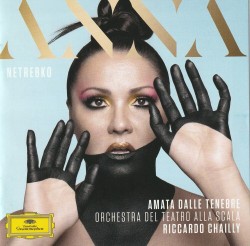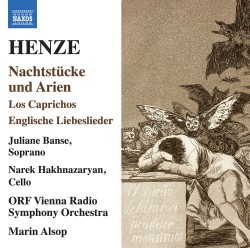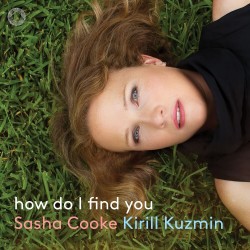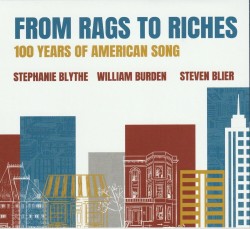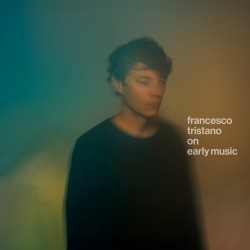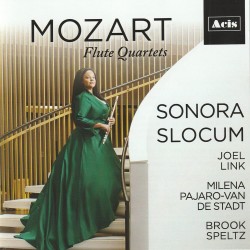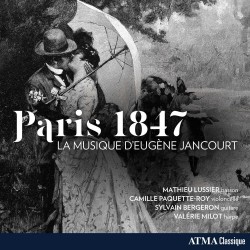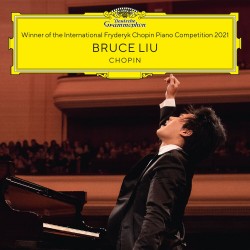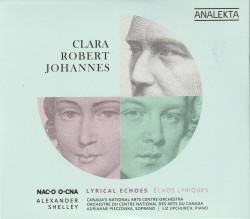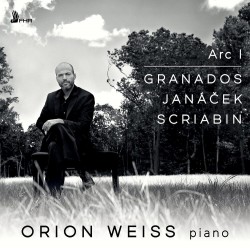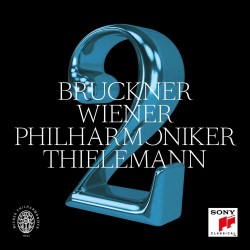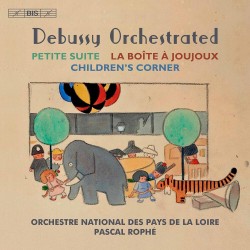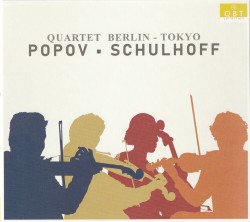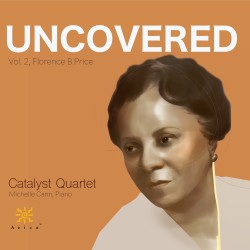Messiah - Karina Gauvin; Ensemble Caprice; Ensemble Vocal Arts-Quéébec; Matthias Maute
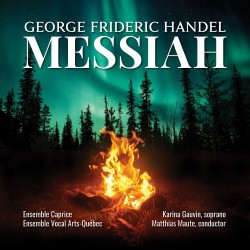 Messiah
Messiah
Karina Gauvin; Ensemble Caprice; Ensemble Vocal Arts-Quéébec; Matthias Maute
Leaf Music LM247 (leaf-music.ca)
Canadian soprano Karina Gauvin, German-born Matthias Maute and the ensembles he conducts, Ensemble Caprice and Ensemble Vocal Arts-Québec, present a new recording with highlights from Handel’s Messiah.
Although it would be easy to dismiss the recording as “another Messiah,” this interpretation is a unique and valuable contribution to the large number of recorded offerings of Messiah. Dictated by COVID restrictions in place at the time of recording, the chorus includes only 12 voices. Although, unlike the large choruses of contemporary times, this reading does somewhat align with musicological research that estimates the original performances of Messiah comprised only 16 men and/or 16 boy choristers. More controversial for Messiah and Baroque music purists are the many chorus sections with notable faster tempi than what modern ears are used to as well as unusual and sometimes chopped phrasing as in the opening of the “Hallelujah” chorus.
Artistic choices notwithstanding, this Messiah offers an intimate experience that never feels underpowered because of its smaller effective. Both ensembles offer solid musicianship and musicality; Gauvin, renowned for her performances of Baroque repertoire, is at ease and delivers her usual abilities with elegance, depth and conviction.
The album also offers two new choral works Hope and Belief by Jaap Nico Hamburger on a text from Polish Jewish writer Isaac Leib Peretz (1852-1915) and O Magnum Mysterium by conductor Maute based on the sacred Latin text of the same name. Both works featured prominently in the Mini-Concerts Santé, a Maute initiative that provided uplifting concerts to thousands during the 2020 lockdown.


